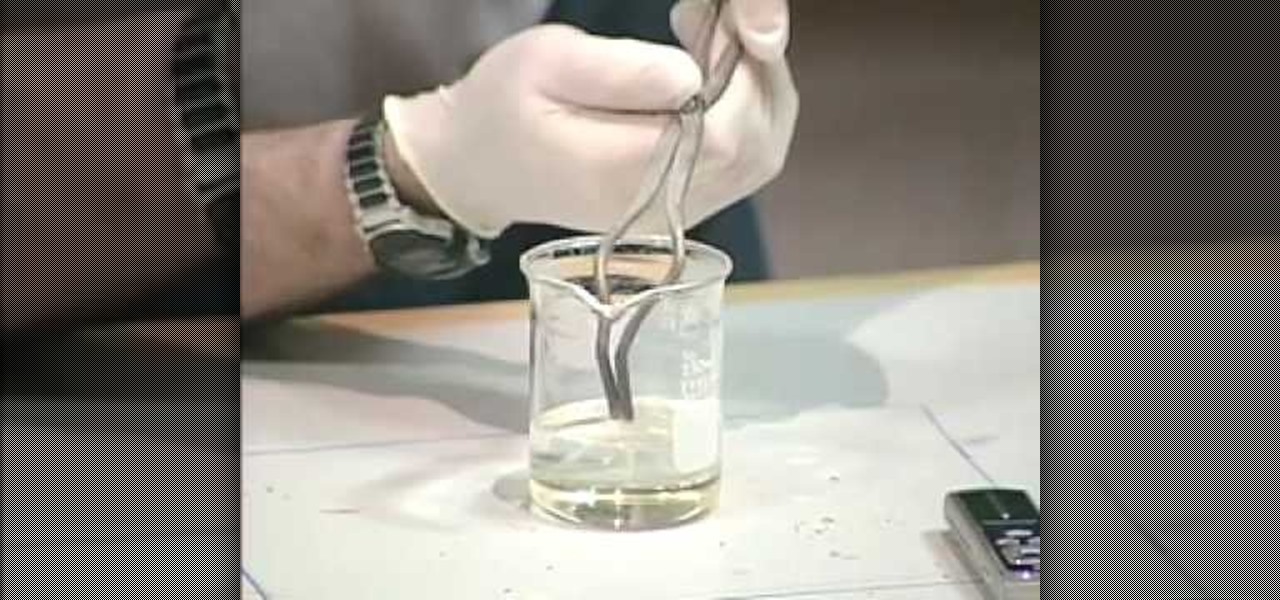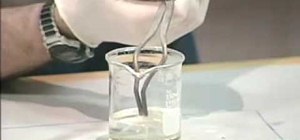A simple introduction to nylon: what is it, how is it made, and what sorts of things can we use it for?
Rahul Shankar named Grand Champion in the 4 th Annual Three Minute Thesis (3MT) : University of Southern Mississippi Makes Strides in Printed Electronics: Schrodinger announces research collaboration with Dr. Jeffrey Wiggins
Compound Machines Science Projects Using Pulleys. If you need to do a science project on simple machines or compound machines, you can use pulleys to construct variety of working models.



Nylon is a generic designation for a family of synthetic polymers, based on aliphatic or semi-aromatic polyamides.Nylon is a thermoplastic silky material that can be melt-processed into fibers, films or shapes.



In tests on branded water drinks, nearly all are shown to contain tiny pieces of plastic.

DuPont™ Zytel® nylon resin products include: Zytel® HTN for high heat, Zytel® PLUS for long-term heat aging, and renewably sourced Zytel® RS.
Nylon: Nylon, any synthetic plastic material composed of polyamides of high molecular weight and usually, but not always, manufactured as a fibre. Nylons were developed in the 1930s by a research team headed by an American chemist, Wallace H. Carothers, working for E.I. du Pont de Nemours & Company.

Provides definition, structure, and uses of the polymer nylon.
Dental hygiene is an ancient concept. Early forms of the toothbrush are mentioned as early as 3000 BC, when Egyptians and Babylonians used “˜chew sticks’ which were thin twigs with frayed edges used to rub against the teeth.

DuPont™ Zytel® PA is a versatile, cost-efficient polyamide nylon that is widely specified for its light weight, strength, durability, and heat resistance.
